-
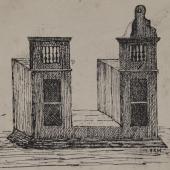
Luther’s chair in Wittenberg
-
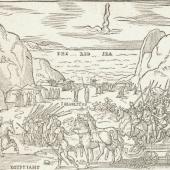
Exodus: English Protestants in exile
-
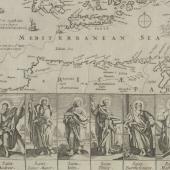
Sacred geography: the travels of the apostles in the Holy Land
-
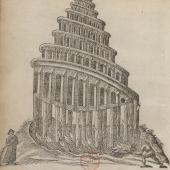
Rome as Babylon
-
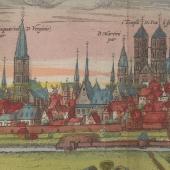
The Anabaptist kingdom of Münster
-
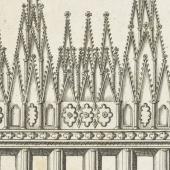
Cathedrals under siege: ‘The Old Altar-piece, broken down by the Souldiers in the great Rebellion’
-
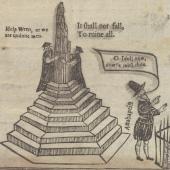
‘O Idoll now, downe must thou’: the fall of Cheapside Cross 1643
-
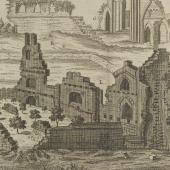
Crumbling monasteries: ‘A prospect of the ruine of Glastonbury Abbey’
-
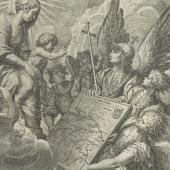
The sacred soil of the saints: Bavaria Sancta
-
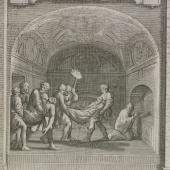
Subterranean Rome: the Catacombs
-

Infernal cosmography: a Genevan map of the Catholic world
-
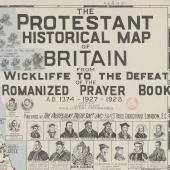
Anti-Catholic cartography: the Protestant Historical Map of 1932
Sites of Memory
Remembering the Reformation
In medieval and early modern Europe memory of the religious past was intimately linked with hallowed locations in the built and natural environment. Protestantism profoundly affected both the physical appearance and mental perceptions of the landscape. The dismantling of pilgrimage shrines and the dissolution of monasteries left lasting scars that were reminders of the Reformation, evoking a range of different emotions from pride to outrage. Ruins and other architectural vestiges of the Catholic past catalysed conservative resistance, but they also provoked an ongoing war against ‘idols’ that stretched into the seventeenth century. The destructive legacy of the vicious religious wars of the period also etched itself on the European imagination. Some places became synonymous with the memory of these traumatic events. But the Reformation created new sites of memory to replace those it had obliterated, including Wittenberg, which came to be regarded as its birthplace. Meanwhile, Counter Reformation popes and rulers embarked on a vigorous campaign to resacralise space. Projects to create spectacular environments for sensual worship ran alongside a surge of interest in pious archaeology. Princes, priests and bishops worked together to revive the memory of regional saints, harnessing holy history as a confessional weapon and a political instrument.
Reformation Europe had other theatres of memory too. Some of these were in the mind. Protestants identified Rome as the locus of Catholic error and interpreted it in the light of the vivid apocalyptic allegories contained in the book of Revelation. Cartography and geography thus became polemical tools. More generally, the influence exercised by the vernacular bible in reformed societies helped to create a ‘social universe’ of Scripture. One feature of this was fascination with the landscapes described in the Old and New Testaments, which were reimagined in maps that circulated as aids to interpretation.